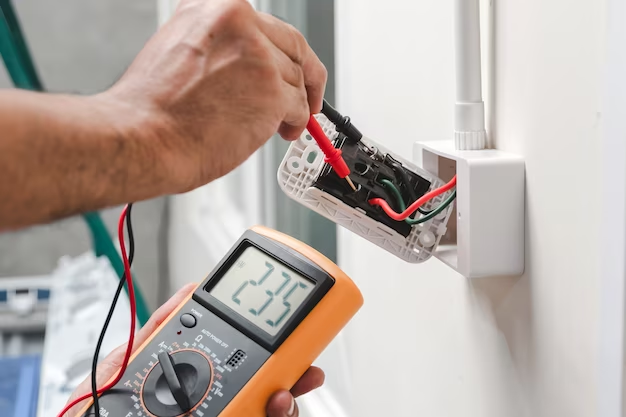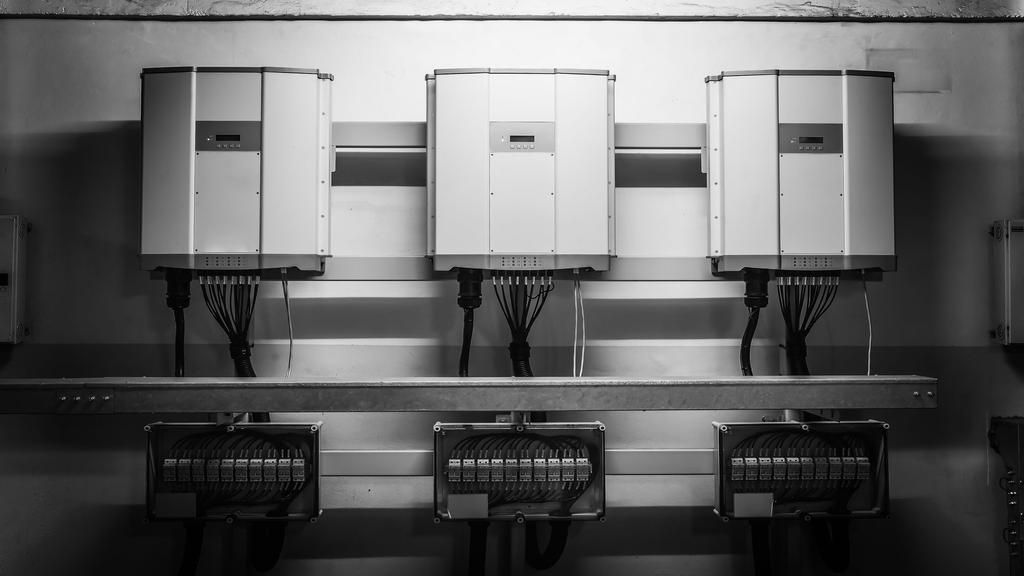Around 15 percent of the world’s electricity is used for lighting, according to a 2015 report. And this number has grown further down the road as time passed. Moreover, residential properties are one of those sectors that use lighting the most.
Lighting inside a home can take up a significant part of a household’s energy consumption. Practicing specific techniques that will preserve energy concerning lighting is essential to saving on cutting down your monthly bills. Having energy-efficient lighting can also help in reducing your household’s carbon dioxide emissions. This means saving energy used for lighting is not only practical but also good for the environment.
That said, here are eight techniques that can help you get more energy-efficient lighting at home:
1. Use Automated Lighting Controls
Sensors can be used to manage the lighting and save energy on lighting, especially when combined with other energy-saving options. These sensors are designed to detect movement, which indicated the presence of human activity. Some sensors also have timers or light detection features, making them activate only during certain times of the day or under low-light conditions.
Automated lighting can be used indoors and outdoors. To get the best results, you can ask a local electrician about different sensor-based lighting options that can be used for specific areas in your home.
2. Use Energy Saving Bulbs
Traditional incandescent bulbs consume about three to five times more power than popular energy-efficient options. Also, 90 percent of the electricity consumed by traditional bulbs ends up wasted as heat rather than actual light. Replacing it with other types of bulbs is one of the most important techniques in getting more efficient lighting. Homeowners have two options available to them:
- Light Emitting Diode (LED)
- Compact Fluorescent Lamp (CFL)
An LED bulb has a semiconductor that glows when electricity passes through it. It is capable at emitting brighter light than an incandescent bulb using the same amount of energy. It also emits less heat, making it a safer option. Even better, LED bulbs are versatile, as they are available in a wide variety of styles.
A CFL is filled with mercury vapor and argon, and the inner side of the bulb is lined with a thin layer of phosphorus. When a current passes through the lamp, the particles inside emit a bright glow. On average, a CFL uses about 70-80 percent less electricity than an incandescent bulb.
3. Turn Off Lights When Not Used
The most straightforward solution to saving electrical energy is to turn off lights when they’re not in use simply. When you’re leaving the house or going to sleep, keeping the light on doesn’t benefit anyone.
You would be surprised by how much you can save by just developing a habit of turning off unnecessary lights. Compare the bill from the month before and after you start this habit. As the months go by, every small improvement in your home’s energy consumption translates to more savings in the long run. This is especially important these days when the cost of electricity per kilowatt-hour keeps increasing.
4. Buy Energy-Efficient Accessories
Energy-efficient lamps and ballasts go a long way when it comes to saving energy. Lamps allow you to illuminate a small area in a room with a smaller light source, so there’s no need to turn on the area’s main lighting. On the other hand, ballasts are designed to regulate the current that flows through the lamps, which means it will take less energy to turn the lights on.
5. Use Natural Light
Using natural light to brighten up your room reduces the need to use artificial lighting during the daytime. You can improve your home’s natural lighting by adding windows or skylights, smart placement of mirrors to direct sunlight to specific areas of the home and using window treatments to control the amount of sunlight that passes through your windows at certain times of the day.
Aside from improving your home’s energy efficiency, natural lighting offers other key benefits that make it an important factor when considering home design. For example, sunlight helps the body produce vitamin D, and natural light could also have mood-enhancing benefits that can help stave off stress and depression in certain individuals.
6. Use The Right Light To Match Your Specific Task
Another great way to save energy is to use more specialized lighting in different parts of the home. This technique, called ‘task lighting,’ is widely used in office buildings, but you can apply it to your home.
Some examples of using task lighting include placing lampshades at the bedside, adding mounted lights at your workplace desk, and reading lamps at your study table. You can use small LED and CFL lamps, which use up less energy compared to the more generally used room lighting.
7. Dust-Off Light Bulbs
Dirty lightbulbs don’t glow as bright as clean ones, which means you might end up using more energy to keep an area properly illuminated. By making sure you’re using clean bulbs, you can maintain the same level of brightness in your room without having to use multiple light sources. Making sure your lights are dust-free is a good practice in general since the dust that clings to them can be a source of irritation for those with respiratory problems.
8. Purchase Three-Way Bulbs
A three-way bulb is a lightbulb that has different levels of brightness. A three-way bulb has two filaments or coils, with one of the filaments capable of glowing brighter than the other.
The coils are connected by different wires, which means you can choose to activate the brighter coil, the dimmer one, or both at the same time. This gives you more control over how bright your light is and how much power it is using.
Wrapping Up
Since your household spends a significant amount of electricity on lighting, anything that can help you save on electric energy will also help you save on your monthly bills in the long run.
Whether switching to advanced lighting control, a more efficient lightbulb option, or even the simple habit of turning off lights that aren’t being used, you can expect to have a brighter home while using less energy over time.







